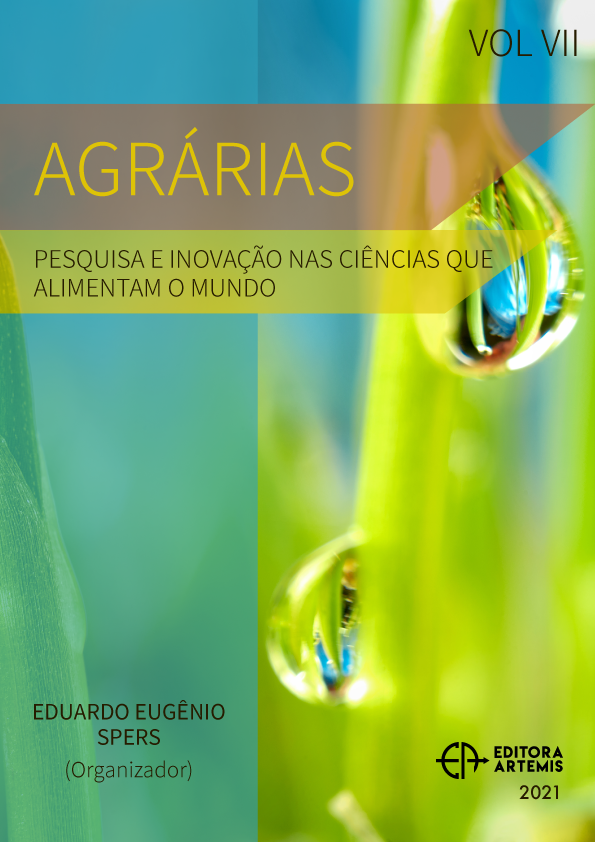
EFECTO DE LA APLICACIÓN DE YESO EN EL CULTIVO DE GIRASOL (HELIANTHUS ANNUS) Y MAÍZ (<I>ZEA MAYS<I>) EN UN SUELO OXISOL (<I>RHODIC KANDIUDOX<I>), YGUAZÚ, ALTO PARANA, PARAGUAY
El yeso (CaSO4.2H2O) se utiliza como un material correctivo de acidez del suelo en Región de Amazonas, Cerrado y otros lugares del Brasil. Especialmente, se puede esperar la lixiviación del Ca y/o Mg en la profundidad del suelo por tipo de sulfato, dependiendo por el efecto de la lluvia en la estación lluviosa del año, y mejorar la característica química de la profundidad y aumentar la productividad de los cultivos tales como maíz, girasol, soja, etc. A diferencia del ambiente climático de la región tropical del Brasil, aún no se conocía la dinámica del efecto de la lixiviación con algunos cultivos en el Departamento de Alto Paraná, Paraguay (una zona de sub-tropical). En el experimento, se lo evaluó con diferentes dosis (0, 250, 500, 1000, 1500, 2000 y 2500kg/ha) en los cultivos del Girasol como cultivo inmediato y luego el cultivo de Maíz como cultivo sucesor en la finca experimental de la Fundación Nikkei-CETAPAR (Centro Tecnológico Agropecuario del Paraguay) para observar los efectos residuales como resultados básicos de este estudio. De los resultados obtenidos, la aplicación económica del yeso fue de 500kg/ha para el cultivo de Girasol como cultivo inmediato con 4501.5kg/ha como rendimiento de la semilla, y se observó la diferencia significativa al 1% en cada tratamiento del yeso. Para el cultivo de Maíz, se desapareció efecto de los niveles del yeso aplicado anterior. Pero se observó la diferencia significativa al 5% sobre la prueba de rango múltiple de Duncan y fue de 9440.3kg/ha con 500kg/ha del yeso. A continuación, sobre la dinámica de nutrientes de la superficie a 80cm de la profundidad del suelo, de acuerdo con número de muestreo del suelo (después de la cosecha del girasol: segundo muestreo y para la cosecha del maíz: el tercero, respectivamente), se disminuyó los resultados de Ca, Mg y otros.
EFECTO DE LA APLICACIÓN DE YESO EN EL CULTIVO DE GIRASOL (HELIANTHUS ANNUS) Y MAÍZ (<I>ZEA MAYS<I>) EN UN SUELO OXISOL (<I>RHODIC KANDIUDOX<I>), YGUAZÚ, ALTO PARANA, PARAGUAY
-
DOI: 10.37572/EdArt_18122151414
-
Palavras-chave: Girasol, Maíz, Oxisol, Paraguay, Yeso
-
Keywords: Corn, Gypsum, Oxisol, Paraguay, Sunflower
-
Abstract:
Gypsum (CaSO4.2H2O) is used as a corrective material for soil acidity in the Amazon Region, Cerrado and other places in Brazil. Especially, the leaching of Ca and/or Mg in the soil depth by type of sulphate can be expected, depending on the effect of rain in the rainy season of the year, and improve the chemical characteristic of the depth and increase the productivity of crops such as corn, sunflower, soybean…etc. At the different case of the climatic environment of the tropical region of Brazil, it has not known the dynamics of the effect of leaching with some crops on the Department of Alto Parana, Paraguay (zone od sub-tropical) yet. On the experiment, it was evaluated with different levels (0, 250, 500, 1000, 1500, 2000 and 2500kg/ha) in the Sunflower crops as an immediate crop and then the corn crop as a successor crop on the experimental field of the Nikkei-CETAPAR Foundation (Agricultural Technology Center of Paraguay) in order to observe the residual effects as basic results of this study. From the obtained results, it was 500kg/ha for the economic application of the gypsum on the Sunflower culture as immediate crop with 4501.5kg/ha as seeds yield, and it was observed the significant difference at 1% in each treatment of the gypsum. For the corn culture, it was disappeared the effect of anterior applied gypsum. But it was observed the significant difference at 5% on the Duncan multiple range test and it was 9440.3kg/ha with 500kg/ha of the gypsum. Then, it was decreased for exchangeable Ca, Mg and others from surface to 80cm of the depth in accordance with the soils sampling number (After the sunflower harvest: second sampling, for the corn harvest: the third, respectively).
-
Número de páginas: 13
- Kentaro Tomita

